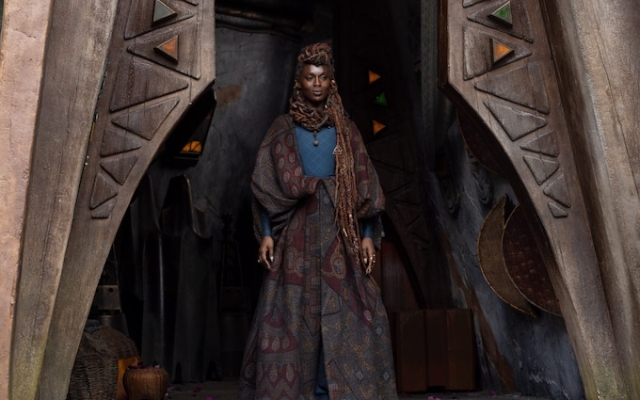 Jodie Turner-Smith in Lucas' film «The Acolyte» Author: Christian Black
Jodie Turner-Smith in Lucas' film «The Acolyte» Author: Christian Black
A great man once said that religion and antiquity are nonsense, weapons cannot compare with a good blaster. But what if this “fake religion” comes with a well-aimed blow to the solar plexus? This is an exciting innovation that will come right on top of the new Disney+ Star Wars show «The Acolyte». In an elaborate opening sequence, anti-hero May (Amandla Stenberg) battles Jedi Master Indara (Carrie-Anne Moss) using «Force Fu,» a heady mix of George Lucas' madcap cosmic theology and a fantastical Chinese martial arts style. known as Wuxia. Think of it as Crouching Tiger, Hidden Jedi.
There's nothing to connect Acolyte to George Lucas's original 1977 space game set in a galaxy far, far away. There are no Stormtroopers, evil Emperors, or massive Death Stars drifting through space, cheerfully blowing up planets. But by giving Asian pop culture a sci-fi makeover, Acolyte is entirely faithful to one of the core filmmaking values of George Lucas, who borrowed unabashedly from Far Eastern cinema, military history, and philosophy to create his world of Jedi Knights and Sith Lords.
Even the word “Jedi” is believed to have Asian roots. Lucas has neither confirmed nor denied this, but it is widely believed that the word «Jedi» comes from «jidaigeki,» a Japanese word meaning historical dramas featuring samurai. Admittedly, Star Wars was originally inspired by a different kind of drama—the Saturday morning sci-fi series about Lucas' childhood in Modesto, California, such as Buck Rogers and Flash Gordon.
However, another significant influence, especially on the original 1977 film, was Japanese director Akira Kurosawa, with whom Lucas was introduced to the USC School of Cinematic Arts by classmate John Milius (later to become the director of Conan the Barbarian and screenwriter of Chilling USS Indianapolis). scene in Spielberg's Jaws).
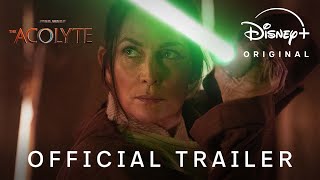
Lucas was not shy about paying tribute to Kurosawa — and owes a special debt to the director's 1958 epic The Hidden Fortress about two peasants who agreed to accompany a princess in disguise across enemy lines. The Hidden Fortress begins with the bickering Matashichi (Kamatari Fujiwara) and Tahei (Minoru Chiaki) getting lost and traversing a scorched wasteland.
If this brings to mind the irritable droids 3-CPO and R2-D2 who had a heated exchange at the beginning of Star Wars, that's because Lucas borrowed the concept directly from Kurosawa. He was struck by Kurosawa's decision to present the story not through the eyes of brave heroes, but through the eyes of two relatively humble characters.
Increasingly irritated, Matashichi and Tahei have one last fight and go their separate ways. Both are captured by the same enemy — the all-conquering Yamana clan — and later meet a mystical warrior named Obi-Wan… sorry, Rokurota Makabe. Kurosawa also gives us a boyish princess Yuki. She is presented in a state of repose — her pose is an exact replica of Carrie Fisher's Princess Leia, lying on a prison bed when she is rescued by Luke Skywalker.
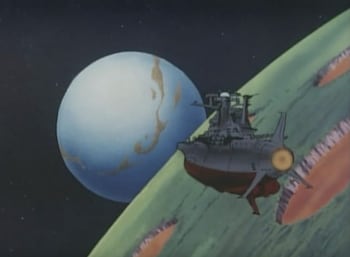 Leiji Matsumoto's 1974 anime: Space Battleship Yamato
Leiji Matsumoto's 1974 anime: Space Battleship Yamato
Beyond specific characters and plot points, Lucas took a lot from Kurosawa's impressive filmmaking. Many of the big set pieces in the first Star Wars bear distinct echoes of the visual beats of The Hidden Fortress, be it the rampaging samurai scene that resembles a swarm of stormtroopers, or the final scene in which Yuki and her rescuers face the camera — foreshadowing Luke, Leia, Han Solo and Chewbacca at the end of Star Wars.
The Star Wars creator has openly stated that he draws inspiration from Kurosawa. In a 2001 interview for the Criterion Collection reissue of The Hidden Fortress, he raves about the film and its director.
“His visual style is so strong and unique. [It's] a very powerful element in the way he tells his story. He belongs to a generation that was still influenced by silent films,” says Lucas. “This is something that really interested me. Visual graphics, framing… the quality of the images helps in many ways to tell the story and create the mood.»

The Hidden Fortress wasn't the end of Lucas' love affair with Japan, China and other parts of the Far East—or his incorporation of that enthusiasm into Star Wars. Take Obi-Wan Kenobi, the robed mentor played by Alec Guinness in 1977 and later by Ewan McGregor. «Obi» means «belt» in Japanese, and «ken» is a type of curved katana blade favored by samurai.
Meanwhile, the Galactic Empire's massive Star Destroyers are clearly based on the spaceship design from Leiji Matsumoto's 1974 anime Space Battleship Yamato (which also features an R2-D2-esque robot called Analyzer). Moreover, some scholars believe that Darth Vader's distinctive domed helmet and robe were inspired by the samurai armor worn by Date Masamune, one of Japan's most powerful warlords during the early Edo period (around the 17th century, when the country closed itself off from the outside world).
There's also «The Power,» Lucas' hippie-deep Coke ad based on the ancient Chinese concept of Qi, defined as the force or energy present in all living things. Or, as Obi-Wan Kenobi put it, “an energy field created by all living things. It surrounds us and penetrates us. It ties the galaxy together.»
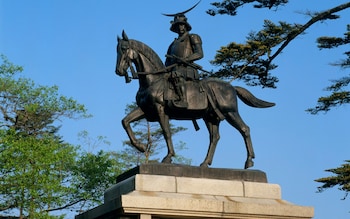 Darth Vader's distinctive domed helmet and robe were inspired by the samurai armor worn by Date Masamune. Photo: MIXA/Getty Images
Darth Vader's distinctive domed helmet and robe were inspired by the samurai armor worn by Date Masamune. Photo: MIXA/Getty Images
It is argued that, along with Chi, the Force is a riff on Buddhism and the principle of shunyata. or «emptiness» — which states that nothing exists in itself, but is interconnected with a larger continuum of existence. Buddhism also has the concept of «Tanha», the so-called three poisons that poison a person's decision-making process: hatred, fear and ignorance.
You can hear echoes of this concept in Star Wars, like when Yoda says, “Fear leads to anger, anger leads to hate, hate leads to suffering.” And suffering, as we all know, leads to Rian Johnson’s terrible 2017 Star Wars sequel, The Last Jedi, which gave fans the heretical image of a grumpy Luke Skywalker hiding out on a foggy island and drinking green milk.
Nothing exists in a vacuum – not even multi-million dollar sci-fi franchises. So it’s no surprise that Lucas took inspiration from wherever he could find it. Acolyte isn’t a standout addition to the canon, though it’s far better than Ewan McGregor’s terrible Obi-Wan Kenobi series. But by drawing on Far Eastern and kung fu cinema, he shows a keen awareness of Star Wars' debt to Japanese and Chinese culture. In an industry where everyone is always trying to rebuild something from scratch, it's refreshing to find Star Wars trying something different and going back to its roots.
The Acolyte is on Disney's Now








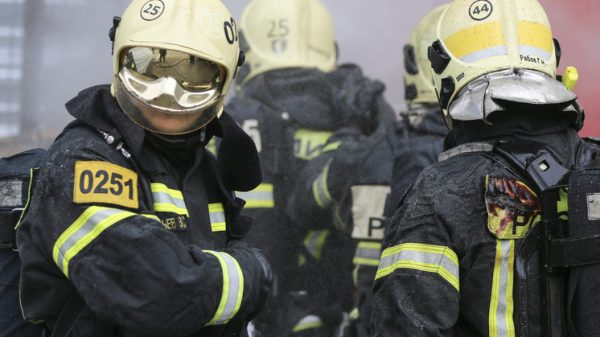






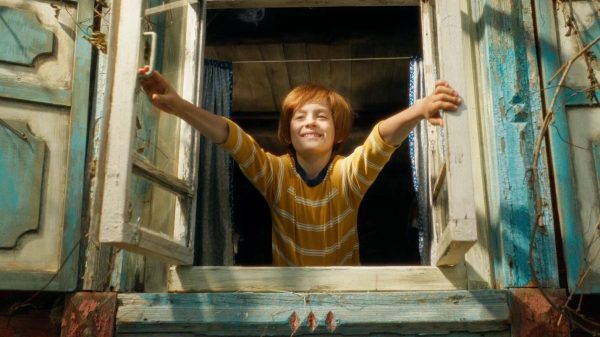
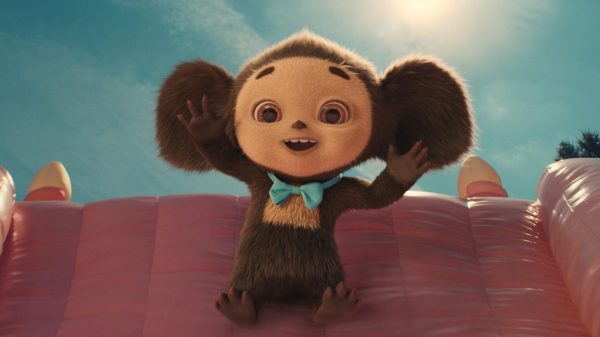



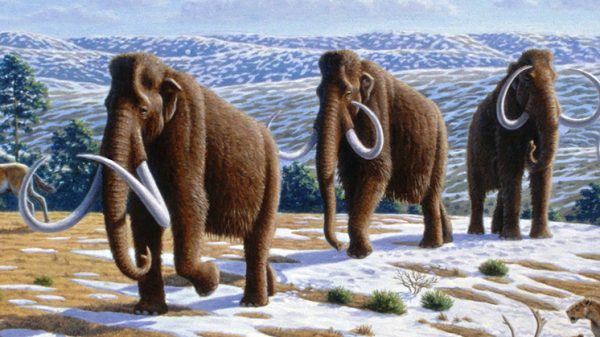












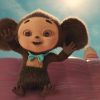

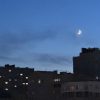






















Свежие комментарии